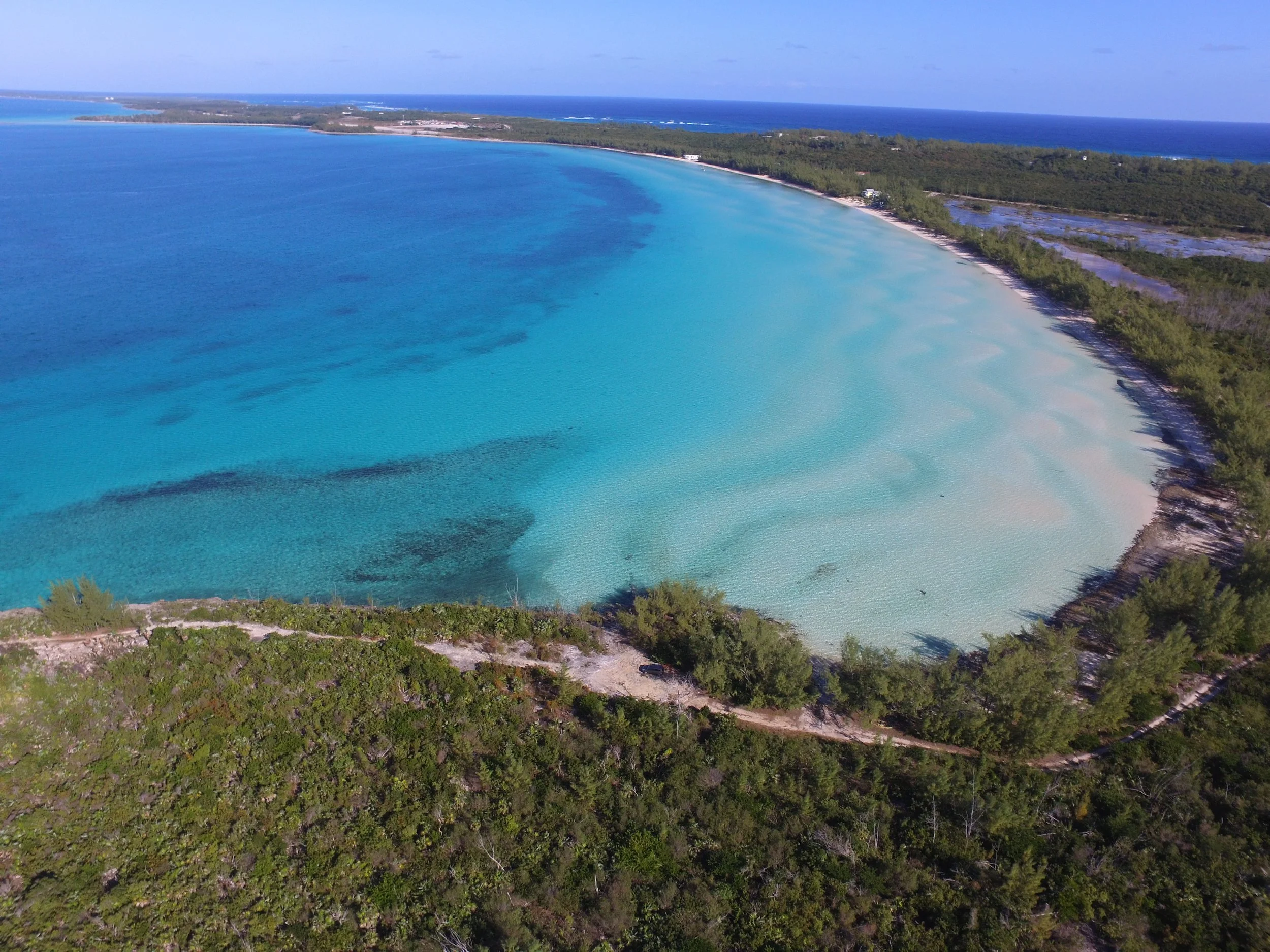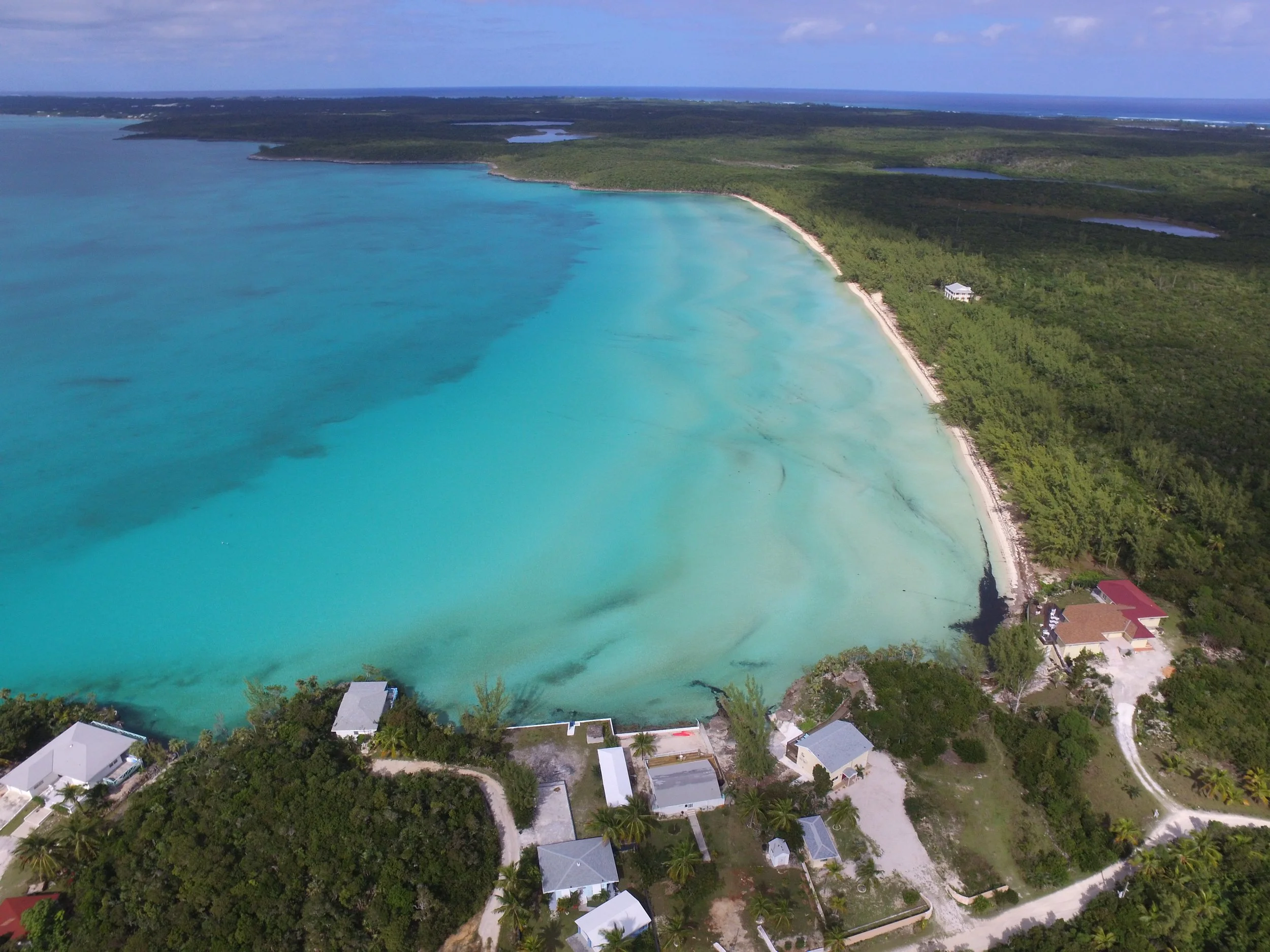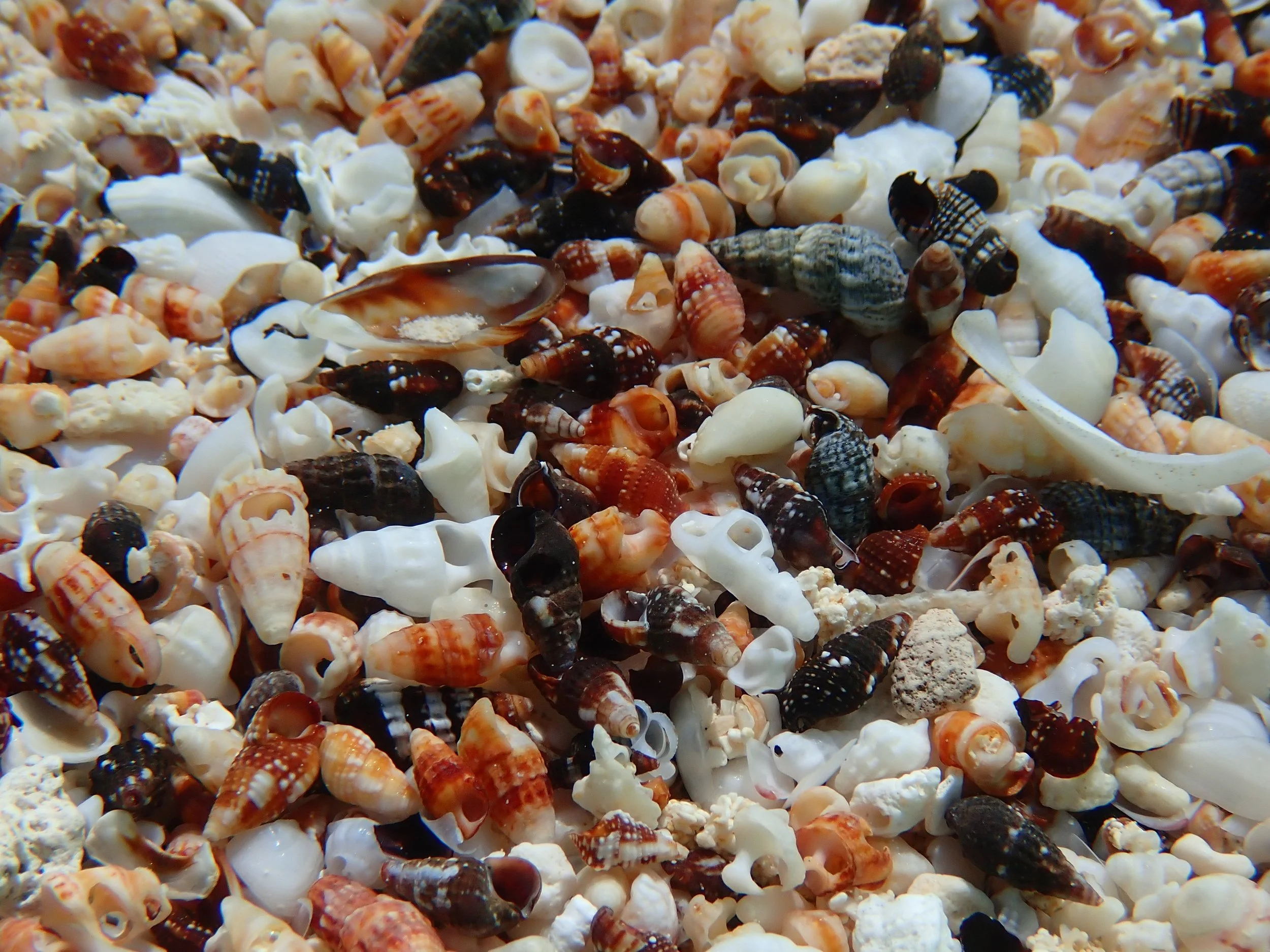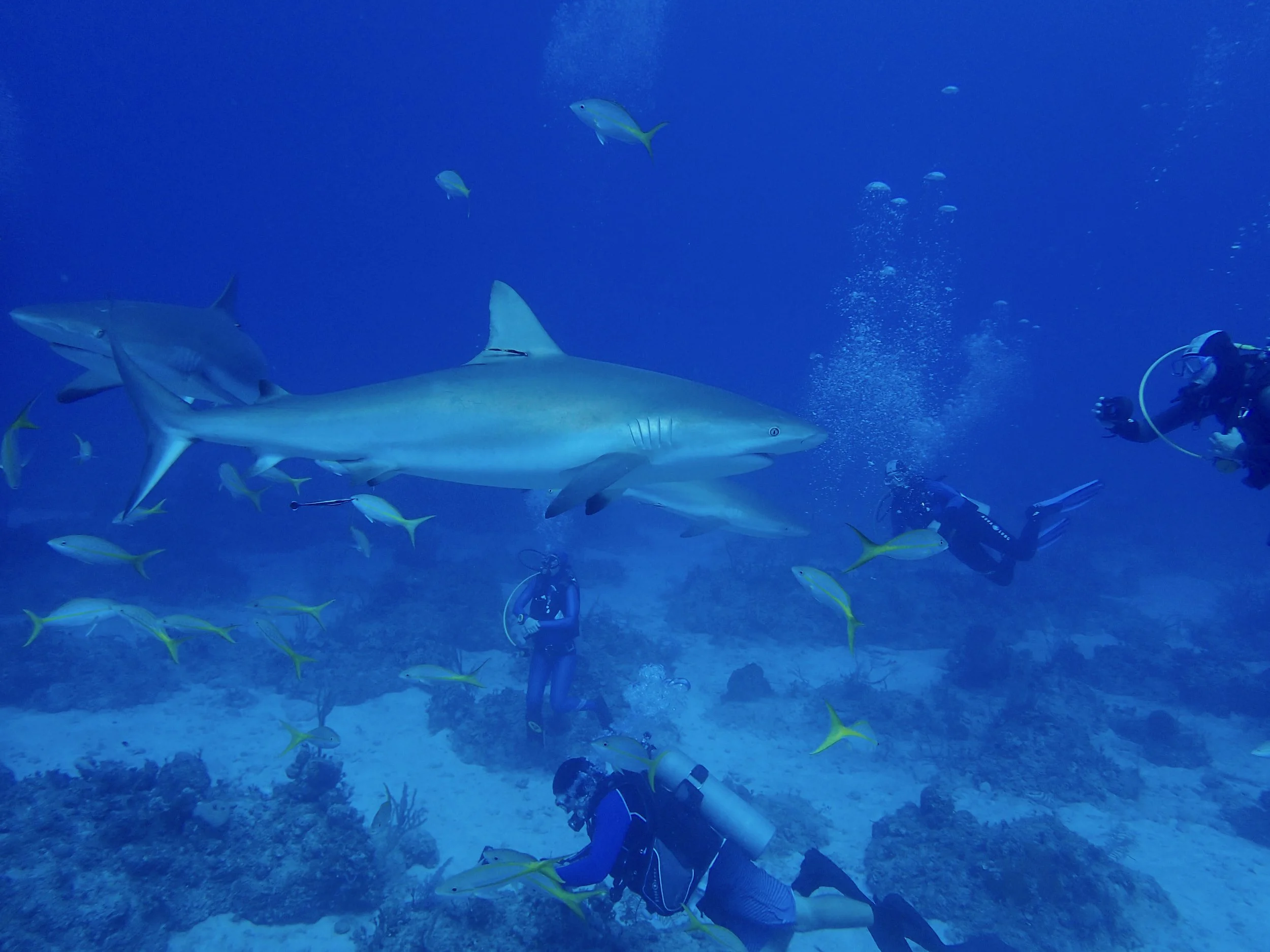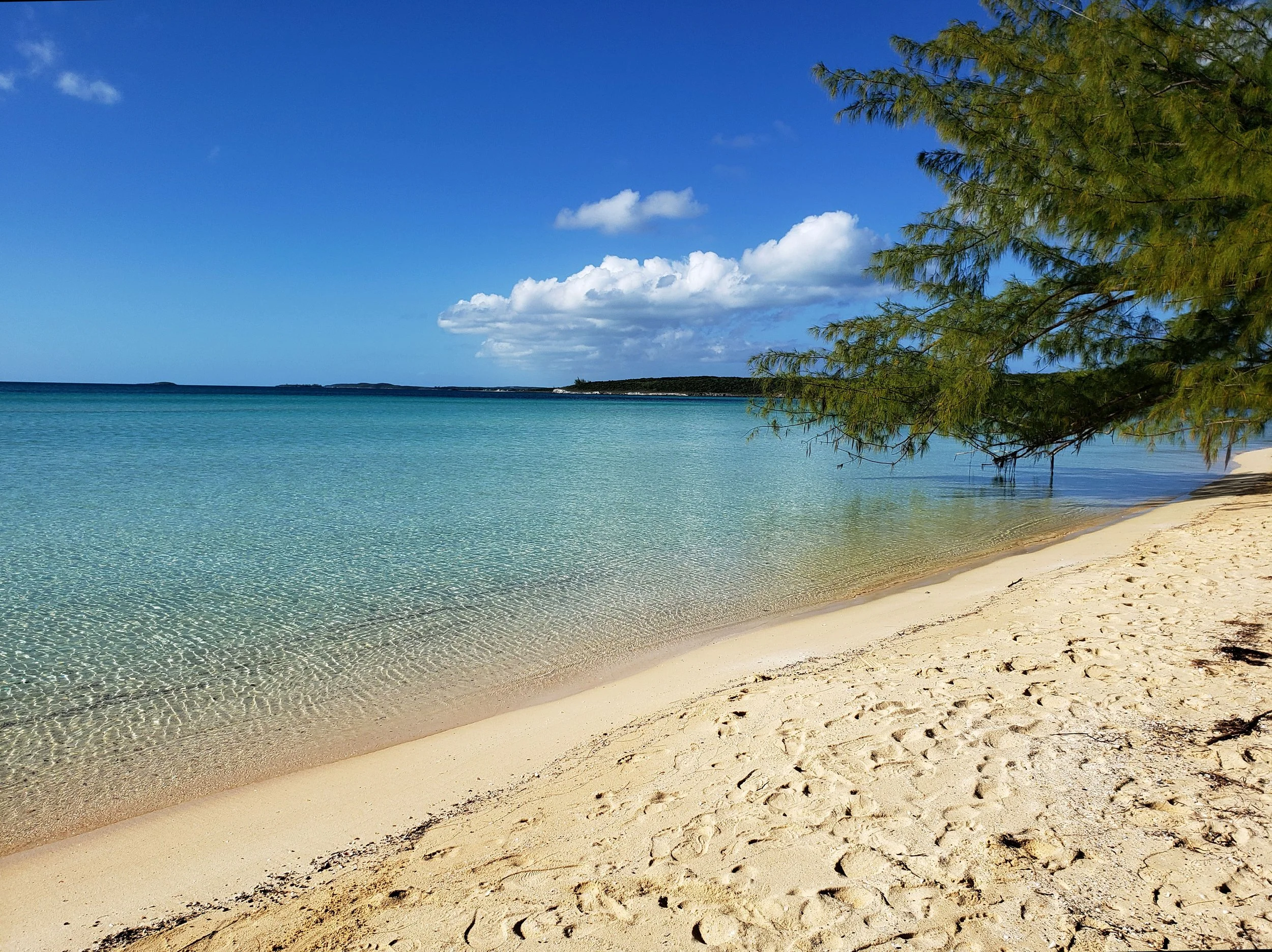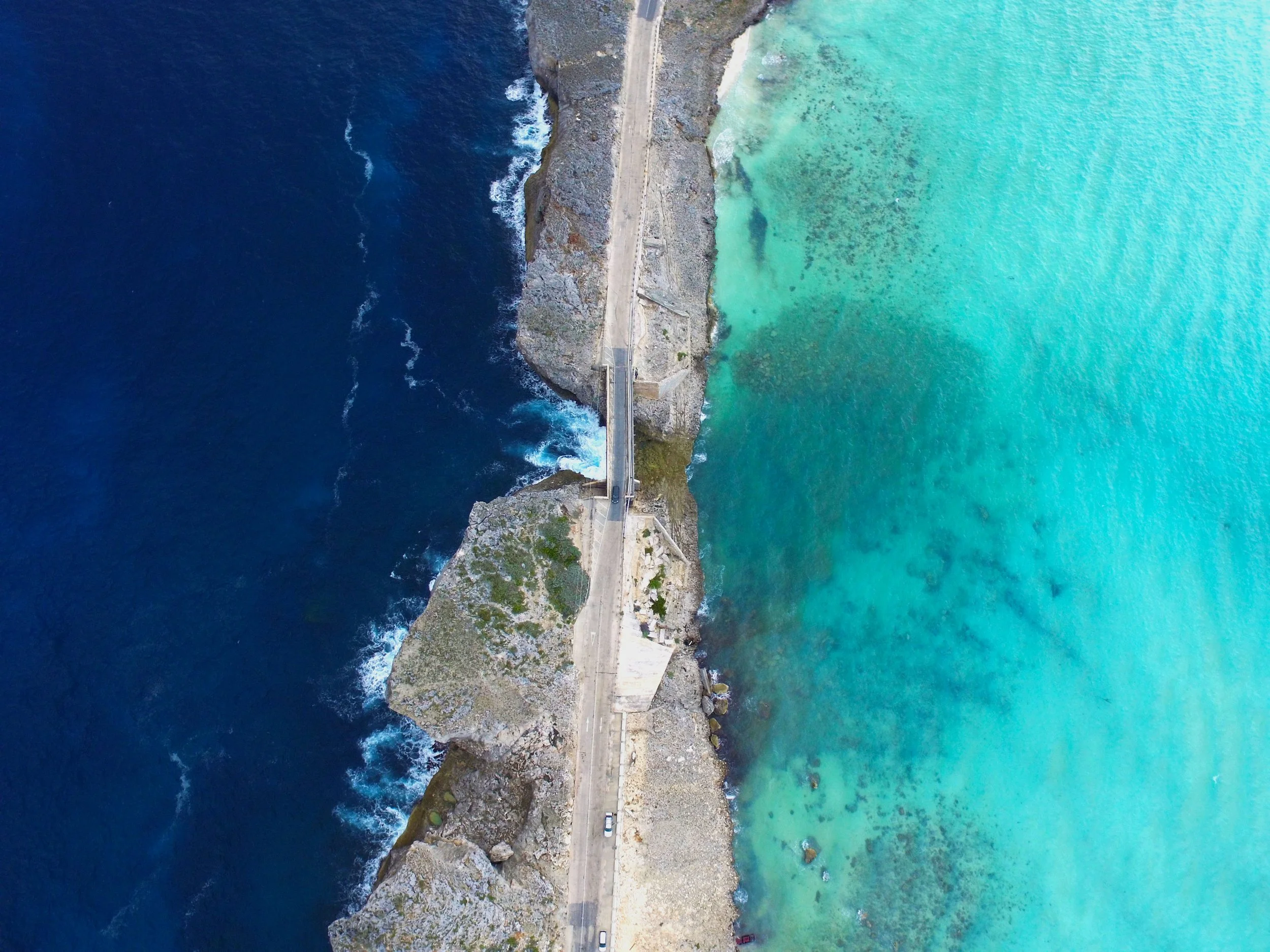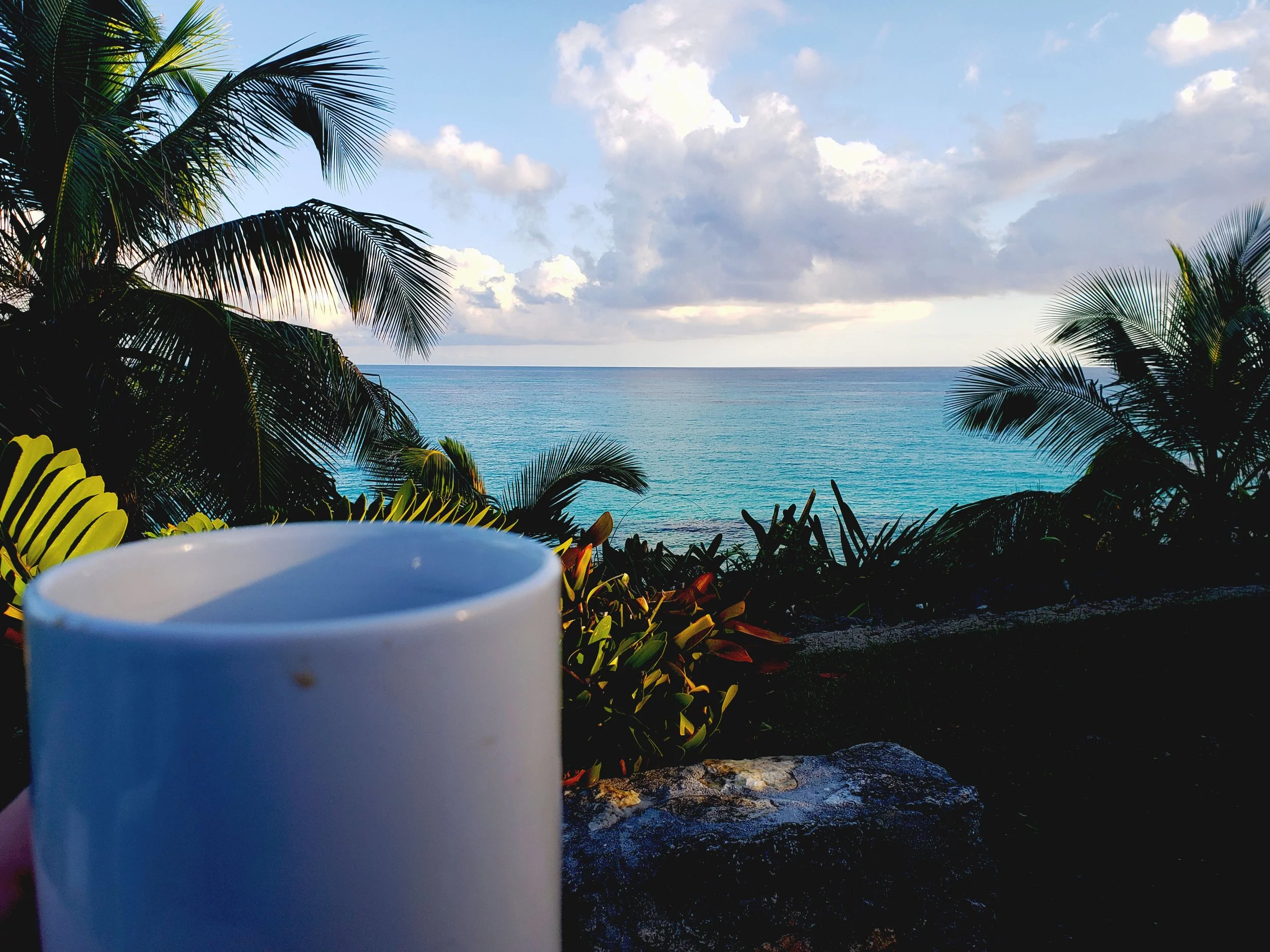Eleuthera, Bahamas - November 2019
Eleuthera, it’s not for everyone.
Eleuthera is the longest island in The Bahamas measuring 110 miles (180km) long but few places more than 1 mile (1.6km) wide. It has 3 airports in: Rock Sound, Governor’s Harbor and North Eleuthera. The most popular airport to fly into is the North Eleuthera Airport because it’s the only airport that allows commercial jet airplanes. The island has 5 different districts and 24 different settlements. The districts include: South Eleuthera, North Eleuthera, Central Eleuthera, Harbor Island and Spanish Wells. The settlements range from Spanish Wells in the north to John Miller/Bannerman Town in the south. Governor’s Harbor is the capital of Eleuthera located close the the center of the 110 mile long island.
Glass Window Bridge
The Glass Window Bridge is considered by many as the gateway to Eleuthera. If you enter Eleuthera through the North Eleuthera Airport then you must pass over the Glass Window Bridge to get to the main areas of the island. I promise that the first time you round the corner and see this sight you’ll be in awe. There aren’t many places in the world like this with the deep, dark blue waters of the Atlantic on one side and the shallow greenblues of the Caribbean on the other.
Beaches - Cocodimama or Receiver’s Beach
There are other things to do on Eleuthera besides going to the beach but if you go to Eleuthera, you should go to its’ beaches! There are countless beaches running up and down the island on Queen’s Highway, the main road that runs from the north to the south tip of Eleuthera.
Seen here is Cocodimama or Receiver’s beach. The shallow white sand beach on the calm Caribbean side is what movies are made after. It’s a perfect place for a low key ocean soak and some beach time. The beach isn’t very wide but we’ve very rarely seen more than a few others on the entire beach.
Beaches - Twin Coves Beach
Twin Coves Beach is aptly named for it’s obvious “twin coves”. It’s located near the midpoint of the island just north of Gregory Town on the Atlantic Coast. This beach is unique in the fact that it offers wind protection in one of the two coves for almost any wind condition (safe bet on a windy day). The twin coves formed by the island provide protection for swimmers as well as fish. There’s plenty of fish to see all along the rock island and an occasional turtle or shark will swim into the coves to say hello.
And More Beaches - Ten Bay Beach
Ten Bay Beach is the quintessential Bahama's beach with shallow white sands that stretch from shoreline to shoreline providing a protected beach perfect for sunning, shelling, swimming or snorkeling. It’s located about 2/3 of the way down the island directly west of the tip of Palmetto Point. The rocky coasts that extend into the sea on either end of the beach provide excellent snorkeling as well as protection from the wind. One of the benefits of Ten Bay Beach is that it’s normally calm. Due to its' orientation and the surrounding rocky outcrops, it’s quite protected from the wind at most angles making it a safe bet for calm waters on any given day. This picture was taken during our stay in July of 2017 while we were staying at the house in the bottom left of the photo.
Snorkling for Shells
Being surrounded by warm, shallow water provides an excellent habitat for growth of sea life including a wide range of marine mollusks who grow shells for protection. As these mollusks live their daily lives they take in salts and chemicals from the water and secrete calcium carbonate which hardens on the outside of their bodies and begins to form a hard outer shell. The colors and patterns on each shell is related to the food they eat, different foods providing different pigments. The warm tropical waters of The Bahamas provide a myriad of food sources leading to more colorful shells. This picture was taken on Ten Bay Beach in shallow water where the shells wash up on the shore at the low tide line.
Coral Reefs
Coral reefs are a critical part of The Bahamas eco-system. On Eleuthera most reefs form as barrier reefs providing a layer of protection against the roaring Atlantic leaving a shallow lagoon between the reef and the island forming the beautiful light blue colors the Bahama’s are known for.
Coral reefs grow from coral polyps, as they propagate they leave behind a hard structure called coral. Their hard, jagged structure can reduce wave energy by 97%. They serve to provide coastline protection, shelter and food for marine animals.
Sharks
The Bahamas took the first step to protect sharks in 1990 when they banned longline fishing. Longlines result in extremely high levels of bycatch with sharks making up a large percentage of this in many fisheries. The took another major conservation step in 2011 when they declared its entire exclusive economic zone (an area that stretches 200 nautical miles from Bahamian shorelines) a shark sanctuary. In this same year, the economic value of a shark was estimated at $250,000 if kept alive for tourism. This was a significant step towards the conservation of sharks providing their economic value was greater alive than killed. Today, the Bahamas has some of the best shark diving in the world while promoting the conservation of these beautiful animals. This picture was taken in southern Eleuthera off Cape Eleuthera in November of 2019.


